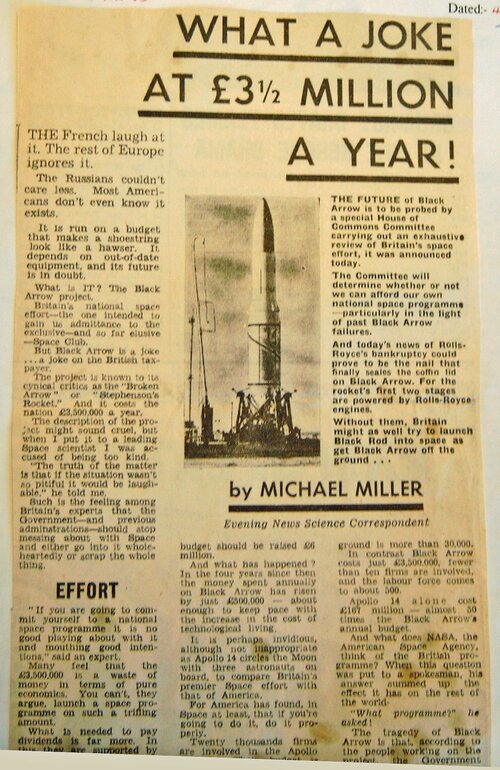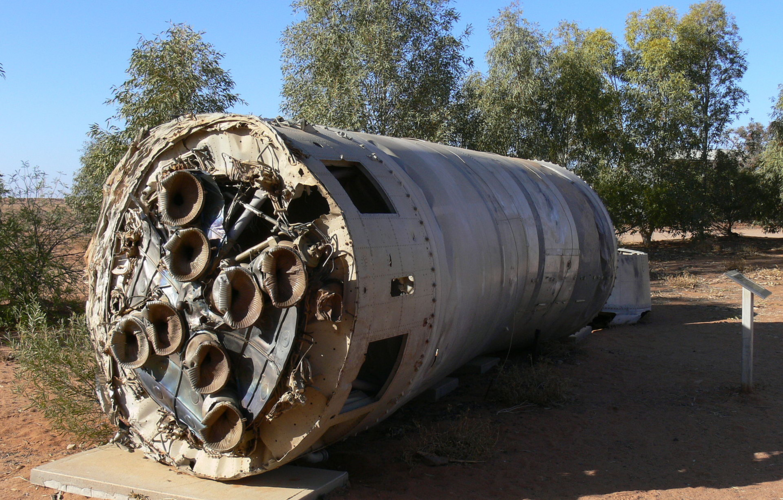The problem here is that from the beginning it was never about anything BUT a one-off "national pride" program.
Not to the vast majority of the people who worked on it. The politicians didn't give a damn, but the managers and engineers and astronauts assumed it would go on, wanted it to go on, planned for it to go on.
NASA, (arguably NACA before) had a very long range, very methodical "plan" to proceed in Space Exploration for the very reason that "nobody gave a damn" in general for space exploration. Politicians and the public "gave a damn" for a very short period of time before, (as most of the "old timers" at NASA expected and tried to plan for) again "not giving a damn" but as the Lunar goal allowed no time for anything but an ultra-focused, single goal program all that went by the wayside and NASA spent the next 50 years (mostly) trying to "recreate" a national-level "panic" mode of national pride which itself only lasted a couple of years in the first place.
The "vast majority" of people who worked at NASA for Apollo had gotten used to unlimited budgets and support and falsely believed that was actually how things should and would always be. The 'minority' actually understood that such support was always going to be transitory and that a lower more sustainable level was actually the natural level of support and that NASA and the US space program should aim for a program that could be supported by that lower support level.
The "vast majority" view was of course the one NASA went with and they (and the US space program) suffered for it. The 'vast majority' assumed and planned wrong and then when confronted by the reality simply refused to accept that reality and tried to carry on anyway. We know the result.
Worse it is pretty clear that "national pride" IS a very limited motivator ...
Perhaps. But the last few decades have shown clearly that losing national pride is a virtually unlimited demotivator. "This country is built on [
insert horrible thing from centuries ago HERE]" can be used to stifle progress and inspire national suicide. Giving people something to look upon with pride and hope, small as it might be, is infinitely better than stomping on their hopes and dreams and tearing down their monuments. Black Arrow could have been a stepping stone to the stars.
No "perhaps" about it, we know and can show that basing any long term goal solely on "National Pride" loses support sooner rather than later because high level "national pride" isn't sustainable as a singular motivator. We also know that failing to acknowledge the past is a major demotivator in and of itself because it is a wound that never heals. We can clearly show that pride will provide spikes in motivation but that it does not last and people will not always 'believe' at anything more than a general level. You need more to sustain things.
Black Arrow actually DID give the British a boost in pride but it was too little, to late and quite obviously not sustainable. But by the time it flew it was already past the point where it could be a stepping stone, as it was. (Key point)
Britain couldn't afford a program to fully exploit a viable Black Arrow, (aka the large chamber Stentor model) it COULD afford the Black Arrow they had and something like the Prospero satellites. (It technically couldn't afford both which is where the whole 'decision path' issue came from) My opinion is that there was a plausible 'third' path, (four I suppose if you count a more robust Europa program as a separate possibility) but in the end all this had to fit into budgetary and public (and therefore government) supportable levels and frankly that's questionable.
In the end that's likely the most obvious requirement, (and if anyone thinks SpaceX is any different you haven't been paying attention to who is actually funding development and production

) in that the public (and again therefore the government) support has to be there to push things forward in the first place rather than coming afterwards. Yes you can build upon it once it's there, (again we have a modern example of this with increased public 'support' in US space flight leading to increased government support and bolstered by ongoing, very public space 'events' to keep the interest) but something has to be there in the first place to build upon and that was a problem with the British Empire post-WWII.
Britain could have quite possibly built a rocket as easily as SpaceX. What it could not do was match the immeasurable economies of scale in trillions of dollars of military and civil space infrastructure that SpaceX benefits from even today.
Most of that infrastructure that was built for Apollo was lost long before SpaceX came on the scene. The most important parts of it were the
people. Tribal knowledge is *gold.*
And it wasn't just British civil servants who yanked the future away. American ones did as well.
Informatively SpaceX specifically mostly did NOT avail themselves deeply in that "tribal knowledge" which is why Falcon 1 had so many problems. They assumed they 'knew better' (and that trend continues as we see going on) mostly because they, like you, assumed it was those 'unimaginative and hidebound' engineers and civil servants that were holding things back. While holding a grain of truth, (because by their general nature engineers, bureaucrats and civil servants are more 'conservative' than not) and more specifically with a government run and funded program political decision making and direction is what holds progress back. (The whole "Progress/Congress" meme in a nutshell

)
SpaceX has vastly benefited from the amount of infrastructure and industry that is inherent in the US launch industry, they wouldn't exist without it and would not have even gotten the Falcon 1 off the ground without it existing.
Trying to compare what they have accomplished with all that in the background versus what Black Arrow, (and for that matter Apollo or the Soviet Space program) had to build from scratch along with an LV program is simply false. SpaceX has only had to devote a budget to build the development and production systems specifically for the launch vehicles they make. The vast majority of the support, operational and launch infrastructure was and is already in place with them having only to build a couple of very 'bare bones' (and low utility) launch sites and rebuild others to suit their needs. Britain (and America and the USSR) had to build the entire industry and the industry to build that industry, from scratch. then develop the support, tracking and launch systems and then the development and production industries as well.
And lets keep in mind that SpaceX ONLY developed one LV at at time whereas everyone else, (since they were in a hurry and didn't actually know what they needed or wanted) had multiple programs going at once.
At a minimum if you want to 'compare' SpaceX then at least acknowledge they would have needed at least twice the budget they actually spent, (actually more once you remove government funding) to accomplish anything with the Falcon 1. More so probably given an equal starting point as the "tribal knowledge" they DID use (iin development of the Merlin engine for example) would not have existed for them to do what little tapping they did

Randy




